I want to be able to improve my game's performance by somehow "flattening" my background nodes.
This youtube video demonstrates how I build up my background graphics.
But, I have my background graphics set up like this.
I use two textures like stamps and repeat then. In this case... one mountain texture with a snowy top... One mountain texture without the snow. I alter the zPosition of these stamps for a "layering" effect.
I then use "fills" which are just SKSpriteNodes of solid grey to layer over parts that need a grey fill.
E.g. Before fill nodes are added
A colour screen with alpha is then added on top to give the mountain a faded looked.
The game sometimes freezes up... but it doesn't freeze when I remove these graphics.
Is there a way to improve performance by merging or flattening my background graphics nodes based on zPosition as a scene is loading up? How would I do this?
Would this improve performance? Or what would be the best way to improve performance in my case?
I think this question is similar... Merge all SKSpriteNode children into a single SKSpriteNode
But, how do I do this in Swift and take zPosition and alpha into account so I don't lose the layering effects?







